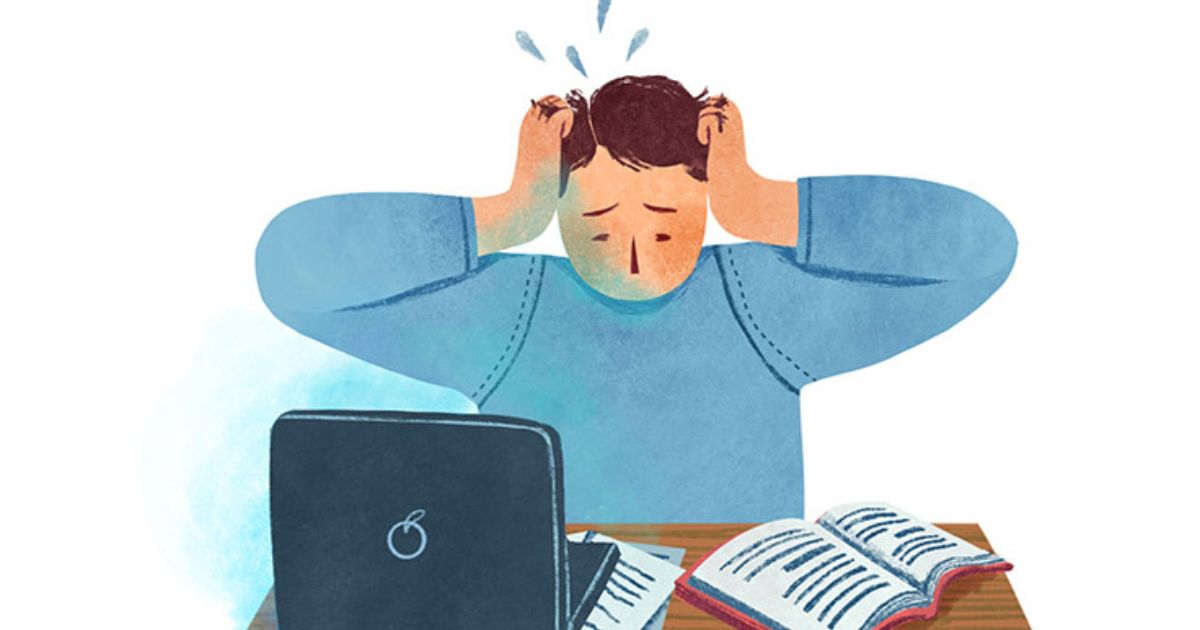January, the inaugural month of the year, is often labeled as the longest and dreariest. While it shares the same number of days as six other months, there’s a collective sentiment that January feels interminable.
As people engage in social media banter and cultural commiseration, the question arises: Why has January become synonymous with a seemingly eternal duration?
Psychological Reason Behind January Drag
Post-Holiday Letdown:
Clinical psychologist Chloe Carmichael, author of “Nervous Energy: Harness the Power of Your Anxiety,” attributes the elongated feeling to a post-holiday letdown.
The holiday season, characterized by gift-giving, joy, and festive activities, triggers the release of dopamine, the happiness chemical. The contrast between the holiday high and the return to routine can create a sense of emotional depletion, contributing to the perception that the emotional rug has been pulled out.
Colder, Darker Days:
January brings the peak of winter weather in many regions, coupled with some of the darkest days of the year. This can exacerbate seasonal affective disorder, leading people to retreat indoors and limiting impromptu social gatherings that bring joy.
The combination of weather conditions and reduced exposure to natural light contributes to the January blues.
Confronting Holiday Debt:
The financial aftermath of holiday spending hits many in January. Overspending during the festive season may lead to a sense of financial strain, affecting overall well-being.
As individuals assess their post-holiday bank accounts, there’s an added layer of stress, contributing to the perception of January as a challenging month.
Returning to Routines:
Returning to the pre-holiday routine, especially if it wasn’t enjoyable, can make the days feel longer. Resuming regular activities, including neglected exercise routines, can be challenging, causing a further dip in mood.
The absence of endorphins, typically generated through exercise, adds to the sense of post-holiday lethargy.
New Year, New Pressures:
The start of a new year brings with it a heightened awareness of time. People may reflect on their achievements or shortcomings from the previous year, leading to a sense of pressure about the future.
This self-reflection, coupled with societal expectations surrounding New Year’s resolutions, can contribute to the perception of time dragging.
Focusing on the Tough Stuff:
Psychologist Pauline Wallin suggests that the unpleasant aspects of January, such as inclement weather, financial stress, and the return to routines, intensify the perception of discomfort. When individuals experience discomfort, boredom, or anxiety, they tend to pay more attention to these feelings, making time seem to pass more slowly.
How to Beat the January Blues:
Plan Fun Activities:
Counteract the monotony by incorporating enjoyable activities into the routine. Engage in new and exciting experiences, take a fun class, or revive neglected hobbies. By injecting moments of joy, January can become more fulfilling.
Make Healthy Starts Enjoyable:
Invest in jump-starting the new year with enjoyable wellness activities. Consider personal training lessons, massages, meditation, or cooking classes. Transforming the pressure of a new year into opportunities for personal growth can shift the narrative.
Get Extra Sleep:
Recognize the potential burnout from holiday activities and allow yourself a period of rest. Extra sleep can aid in mental and emotional rejuvenation, helping to organize thoughts and emotions during the defragmentation process that occurs in the brain during sleep.
Remember the End in Sight:
Acknowledge that January is just one month, and there is an end in sight. Maintain a positive outlook and focus on incremental progress towards the end of the month.
When to Seek Professional Help:
If efforts to alleviate the January blues prove futile and feelings of distress persist, it may be worthwhile to consult with a mental health professional. Persistent symptoms could indicate depression or seasonal affective disorder, requiring specialized attention and support.
In conclusion, while January might carry the weight of post-holiday blues and winter-induced challenges, proactive measures can transform it into a month of growth and renewal.
By understanding the psychological factors at play and implementing strategies to counteract them, individuals can navigate January with resilience and a renewed sense of purpose.








Leave a Reply
You must be logged in to post a comment.